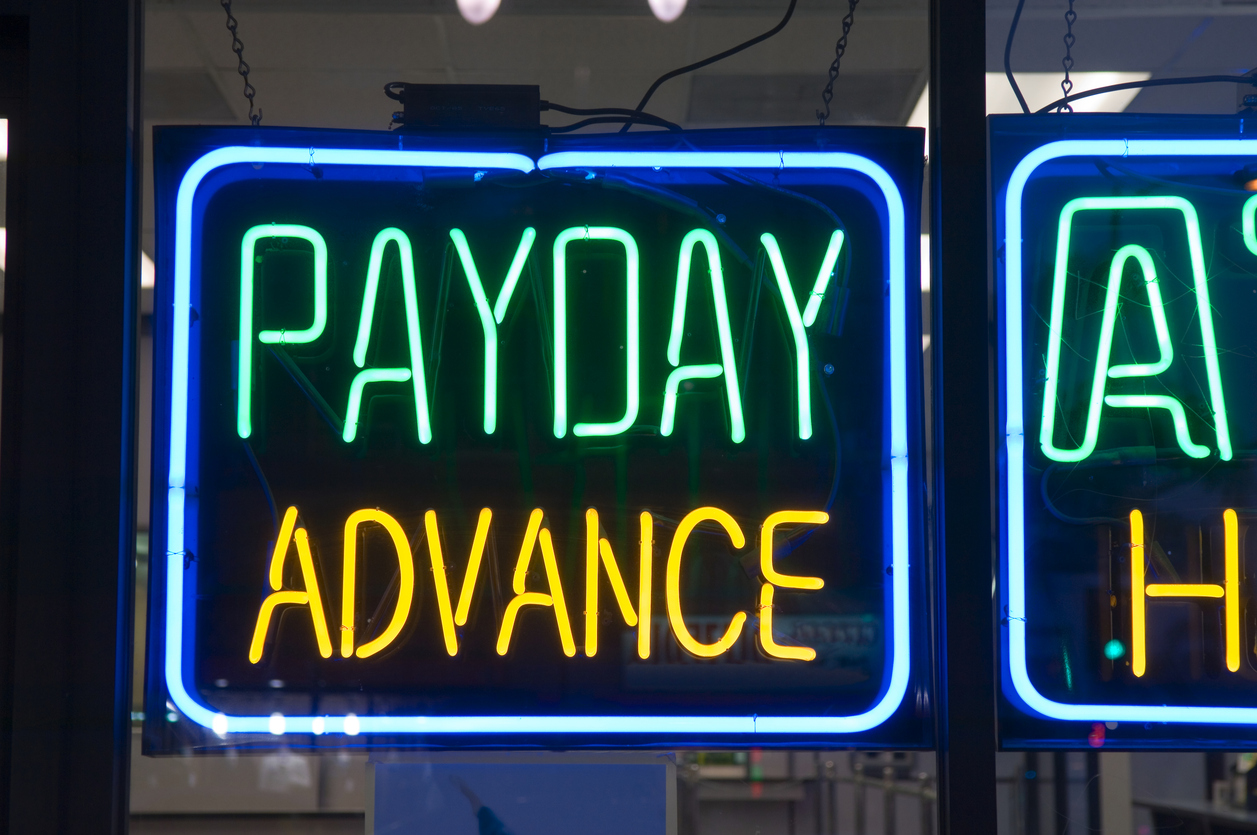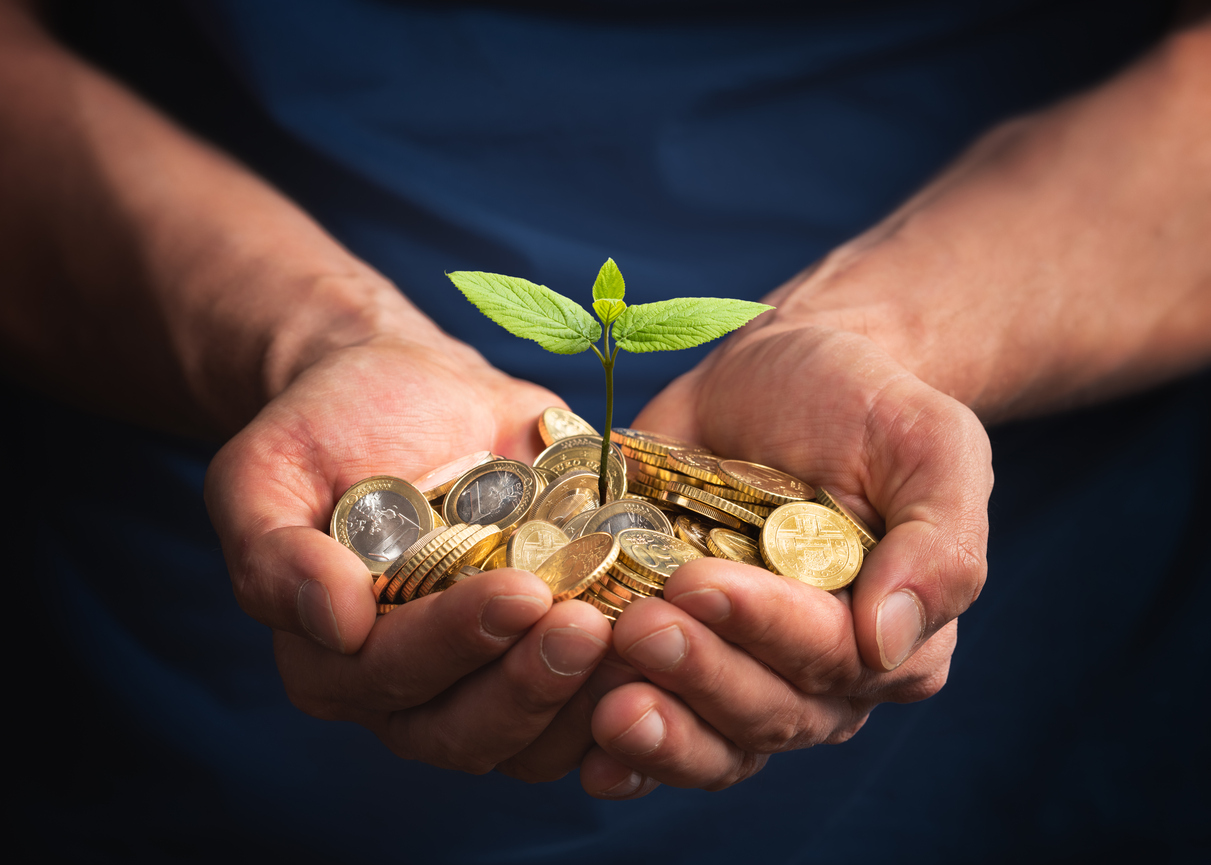Payday loans can sometimes seem like a quick and easy solution to financial problems. However, they come with a myriad of risks and can often lead borrowers into a cycle of debt. In this complete guide, we will explore everything you need to know about payday loans, including understanding how they work, exploring the reasons people turn to them, and discussing alternative financial options and solutions to payday loan debt. We will also delve into managing the risks and taking necessary precautions when dealing with payday loans. By the end of this article, you will have a comprehensive understanding of payday loans and be equipped with the knowledge to avoid the pitfalls associated with them. Let’s jump right in! If you start searching the options below, you can find the best deals for you.
Understanding Payday Loans
Payday loans are short-term, high-interest loans that are typically due on the borrower’s next payday. They are often marketed as a way to bridge the gap between paychecks, but their exorbitant interest rates can quickly trap borrowers in a cycle of debt. It’s important to understand the fundamentals of payday loans before considering taking one out.
When considering a payday loan, it’s essential to be aware of the potential consequences of defaulting on the loan. Defaulting can lead to additional fees, collection calls, and even legal action. This can further exacerbate financial difficulties and impact credit scores, making it harder to access affordable credit in the future.
Common Reasons People Turn to Payday Loans
There are various reasons why individuals find themselves in need of a payday loan. Some may be facing unexpected expenses, such as medical bills or car repairs, while others may struggle to make ends meet due to low wages. It’s crucial to examine these reasons closely and evaluate whether there are alternative solutions available.
Additionally, some borrowers may turn to payday loans due to limited access to traditional banking services. Without a bank account or a good credit history, they may see payday loans as a quick and easy solution. However, it’s important to consider the long-term financial implications and explore other options, such as credit counseling or community assistance programs, that may provide more sustainable support.
Exploring Solutions for Payday Loan Debt
Dealing with payday loan debt can be overwhelming, but there are various strategies to help you regain control of your finances. One option worth considering is debt consolidation, which involves combining multiple debts into one, usually with a lower interest rate. By consolidating your payday loans, you can simplify your repayment process and potentially reduce the overall amount you owe. However, it’s essential to carefully weigh the pros and cons of consolidation and seek professional advice to determine if it’s the right choice for your financial situation.
Another approach to managing payday loan debt is to explore alternative financial options that can provide relief without the high costs and risks associated with payday loans. For instance, individuals struggling with payday loan debt can seek assistance from nonprofit organizations that offer financial education and debt management programs. Additionally, credit union loans often come with lower interest rates and more flexible terms than traditional payday loans, making them a viable alternative for those in need of emergency funds.
Is Consolidation the Right Choice for You?
If you find yourself drowning in payday loan debt, consolidation may be an option worth considering. Debt consolidation involves combining multiple debts into one, often with a lower interest rate. However, it’s important to weigh the pros and cons and seek professional advice before pursuing this path.
There are several alternative financial options that can help individuals avoid the pitfalls of payday loans. These include seeking assistance from nonprofit organizations, exploring credit union loans, or seeking financial counseling. It’s crucial to be aware of these options and consider them before resorting to a payday loan.
Managing Risks and Taking Precautions with Payday Loans
While it’s best to avoid payday loans altogether, there are precautions you can take if you find yourself in a situation where you must consider one. These include thoroughly reading and understanding the loan agreement, knowing your rights as a borrower, and only borrowing what you can afford to repay. By being informed and cautious, you can minimize the risks associated with payday loans.
One crucial aspect to consider when taking out a payday loan is the interest rates and fees involved. Payday loans often come with high interest rates and additional fees, which can quickly add up if the loan is not repaid promptly. It’s essential to carefully review the terms of the loan to understand the total cost and any potential penalties for late payments.
Additionally, before agreeing to a payday loan, it’s advisable to explore alternative options. These may include borrowing from friends or family, seeking assistance from non-profit organizations, or negotiating a payment plan with your creditors. Exploring these alternatives can help you avoid the cycle of debt that payday loans can sometimes perpetuate.
Wrapping Up: The Verdict on Payday Loans
In conclusion, payday loans might seem like a quick fix, but they come with significant risks and often lead borrowers into a cycle of debt. Understanding the basics of payday loans, exploring alternative financial options, and managing the risks associated with them are crucial steps to avoid falling into the pitfalls of payday loans. It’s essential to approach your financial decisions with caution and consider all available options before resorting to a payday loan. By doing so, you can safeguard your financial well-being and avoid the negative consequences that can arise from payday loan debt.
One of the key factors to consider when evaluating payday loans is the high interest rates associated with them. These loans often come with annual percentage rates (APRs) that can reach triple digits, making them an expensive borrowing option. Borrowers need to be aware of these high costs and carefully assess whether taking out a payday loan is truly necessary, considering the long-term financial implications.
Additionally, the structure of payday loans, with their short repayment terms and lump-sum payment requirements, can create challenges for borrowers already facing financial difficulties. The pressure to repay the loan quickly, coupled with the fees and interest charges, can exacerbate existing financial stress. Exploring other avenues, such as negotiating payment plans with creditors or seeking assistance from non-profit financial counseling services, may provide more sustainable solutions for those in need of financial assistance.
















